Are you looking for a contractor?
Submit our quick form and get quotes now!
Table of Contents
8 min read
How to build an indoor garden or greenhouse
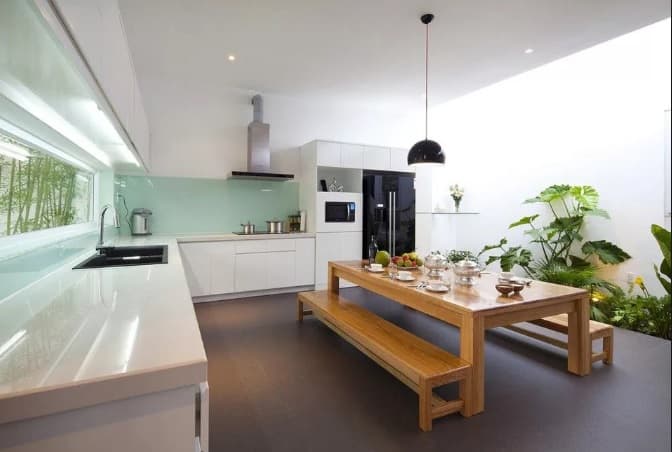

8 min read
How to build an indoor garden or greenhouse
Interior renovationsHow to build an indoor garden or greenhouse
Not every home is privy to a huge backyard with ample green space. Some of us live in tiny homes or high rise apartments. If your home is far from the ground, but you find your green thumb itching, then you can create a mini garden or greenhouse right indoors!
With our indoor garden and greenhouse ideas, you will be able to grow anything your heart desires without worrying about weather conditions, space or distance.
Of course, there are still some guidelines you’ll have to follow for your plants to be healthy and grow successfully. But don't worry, we're going to lay them all out. So, if your home or apartment needs some green energy, roll up your sleeves and be prepared to pot a few plants and get dirty!
Here’s how to build an indoor garden or greenhouse!
Plan
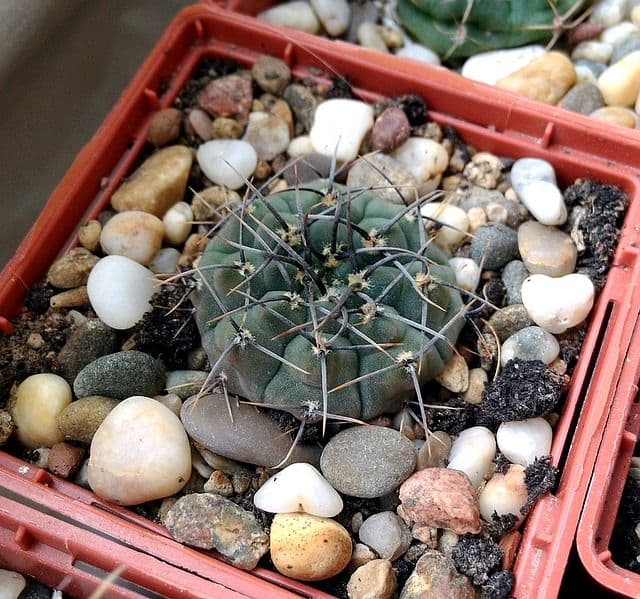
source: Pixabay
Before beginning this project, there are a few things that go into the planning stages. First, choose a spot in your home where the garden will be located. It is important to bear in mind that it should be placed in a spot where it can be relatively permanent. Plants are creatures of habit, so if moved around too frequently, you run the risk of their lives being shortened.
Also, worth considering is the purpose of your greenhouse. If you plan to maintain your greenhouse for summer only, then think about building a structure that can be assembled and disassembled easily. If you’d like the structure to be permanent and your goal is to keep a healthy, year-round garden, then it would be worth creating a more complex mini-greenhouse which will allow you to organize plants per-season.
A home garden or greenhouse can be made from several varied materials or structures, and the one you choose will all depend on what results you are hoping for!
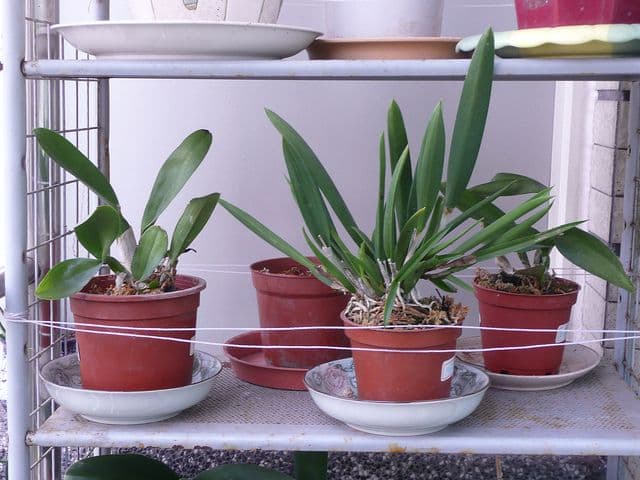
source: Pixabay
Wood planter box or greenhouse for an indoor garden?
Wood can be used to build a horizontal planter box garden or with the addition of a roof on a greenhouse! You can build a simple wood planter box to hang alongside your window or rest on the floor or a small greenhouse structure with wood purchased at your local hardware store.
Form the main body of the planter box or greenhouse by aligning a larger frame built from wood with a smaller one. Build these in advance or purchase pre-made frames. The size of the frames will be dependant on how large a structure you want to build, as well as the intended shape. Using a drill, pierce small holes through the inside edges of the frames to connect them, and connect the two frames with a screw the correct size.
Continue to join the frames until you have built a rectangle or square, leaving the top open. If you are building a greenhouse, you can create a roof by building four wood frames and joining them to form a triangle. You will need to attach a hinge to the top to be able to open and close the roof to water the plants inside. Constructing the roof on the ground, place two of the frames side by side. If these frames are rectangles, the short ends should be touching.
Join these together by screwing 2 mending plates at each end of the joint edges. Consider drilling pilot holes first to make this easier, and repeat this process for the other two frames. Next, join the smaller frame structures by placing them at a 90-degree angle, and screwing in a 90-degree angle brace.
You can join the roof onto the structure by attaching 2 utility hinges, and this will need to be placed along the edges. If you plan on painting the frames, make sure you are using wood-safe as well as water-soluble paint. You can fill in the frames using plastic or glass, depending on how permanent you would like the structure to be. Make sure to seal all the edges using hot glue, and voila! Bear in mind that the bottom of the structure should be lined with breathable mesh or cloth before you start placing plants inside.
PVC Pipe Greenhouse
You can create an indoor garden using PVC pipes and their corresponding joints! Since you will be choosing the size and shape of your greenhouse or garden, the number and lengths of piping you will need will be your call! Start by measuring the dimensions as this will allow you to determine the amount of pipe the project will require.
Give your greenhouse stability and strength by building it in 2 separate pieces, and connecting them. Also, it is recommended that you use a relatively thin PVC pipe, no more than 1.5” wide or thinner. Now, you can begin by forming the base and walls of your structure, connected sections of pipes into frames. Connect vertical pipes to horizontal pipe sections, which should be done using T pipe joints. Next, form the corners by connecting T-joints to elbow joints using a very small section of pipe.
When complete, the base of your structure should be a rectangle or square, with posts coming out from the T-joints. If you are building a roof, this is when you will connect the wall pipes to those you are going to use to build a roof. The roof should not be flat, as this will diminish the amount of light that can enter the greenhouse.
Start building the roof by creating a piece of PVC pipe that is identical to one of the long sides of the base. If your structure is square, this PVC piece can mimic the size of any of the sides.
Pieces should be connected to this piece using four-way joints at the same intervals as the location of the wall posts. However, the ends will be capped in T-joints. From these T-joints, you will need to place short sections of pipes and cap these in 45-degree joints. Next, place 45-degree joints at the top of each wall post. Measure how much pipe is required to join these joints to the roof structure.
Cut this pipe and fit it into place! Now, you’re all set for adding in plants. Line the base structure with plastic or breathable cloth, placing as many plants as your heart desires.
Indoor vertical gardens
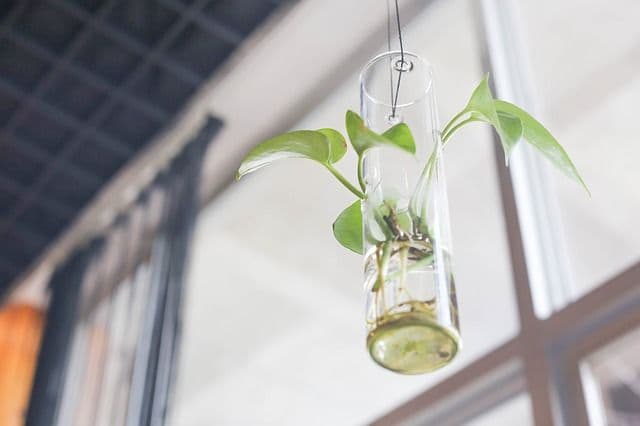
source: Pixabay
In smaller homes or apartments, you may have even less space and lack the room on your floor for a planter box or mini greenhouse. An excellent option for those in this situation is a vertical garden! A vertical garden is a simple DIY project that you can accomplish, no matter how novice of a builder you might be. A vertical garden can be created out of a variety of methods and materials, and we are going to outline a few here.
A steel mesh wall garden is a beautiful option, as this material can be found at your local garden store and is inexpensive. Steel mesh comes in a variety of colours and sizes, and so this choice is versatile.
Install a piece of steel rack or mesh to your wall or on an alternative flat surface. The hanging method will depend on the materials of your wall, so bear this in mind when buying your supplies to secure the structure in place. Hang pre-prepared pots that have been thoroughly watered, attaching them to the mesh structure with rings and hooks that secure them in place. You can mix and match different pots, plants, shapes and sizes!
Another option by way of a vertical garden is hanging the plants from a garment or clothing rack, using some sturdy chains or ropes that can be attached to a traditional hanging plant. Consider attaching a sheet of cloth or mesh to the bottom of the rack to catch any falling water or dead leaves.
You can also create a vertical plant hanger using scrap wood, small pots, ropes and metal rings. Measure and trace the top of the pots you plan to choose onto the salvaged wood pieces, then draw another circle that is ¼” smaller inside this circle, leaving a 1” border on the sides. Cut out these sections with a jigsaw blade, cutting around the circle until the piece pops out.
Your pots should fit snuggly inside the wood squares. Sand wood down to remove any splinters, painting or staining them however you like. Though, it is recommended that you use water-soluble paint. Drill a hole into each corner of the wood pieces, and thread rope through the holes. Tie a knot in each rope underneath the wood to hold it in place. Repeat this process for several pieces, leaving about 10” to 12” of rope in between. Adjust as needed.
Creating an indoor greenhouse or garden doesn't have to be stifling! Use your imagination, get creative and bring a little bit of the great outdoors in!
Main photo: Miserv
Get 3 renovation quotes for your indoor garden project
RenoQuotes.com can help you get quotes for your indoor garden project. If you submit your project to us, we’ll put you in contact with top-rated contractors. Fill in the form on the homepage (it only takes a few minutes), and you will get estimates from trusted professionals.
Dial 1-844 828-1588 to speak with one of our customer service representatives
Last modified 2023-11-07
Looking for something else?
Related articles
The latest industry news, interviews, technologies, and resources.
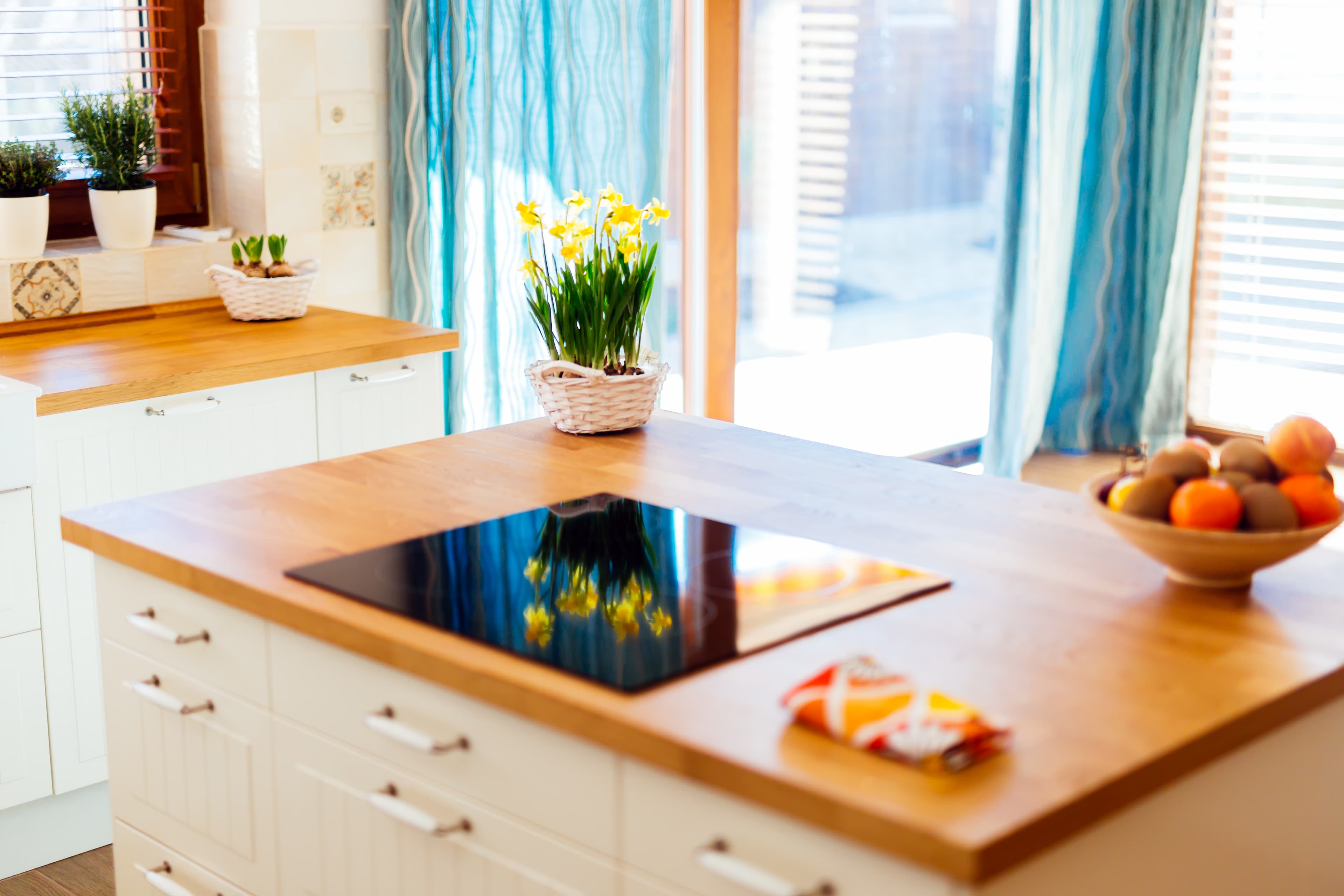
RenoQuotes.com • 07 Nov 2023
Stone kitchen countertops are certainly popular, but there are other alternatives to this type of material. If you're looking for the perfect match for your kitchen counter, it's understandable that you feel confused about all the options offered to you.

RenoQuotes.com • 29 Mar 2024
Is your heat pump’s air conditioning function not working? It might not be that difficult to fix. Whether it be a faulty fan or a leaky heat pump, we’re delving into all these malfunctions, and sharing some DIY fixes on the unit itself when possible.
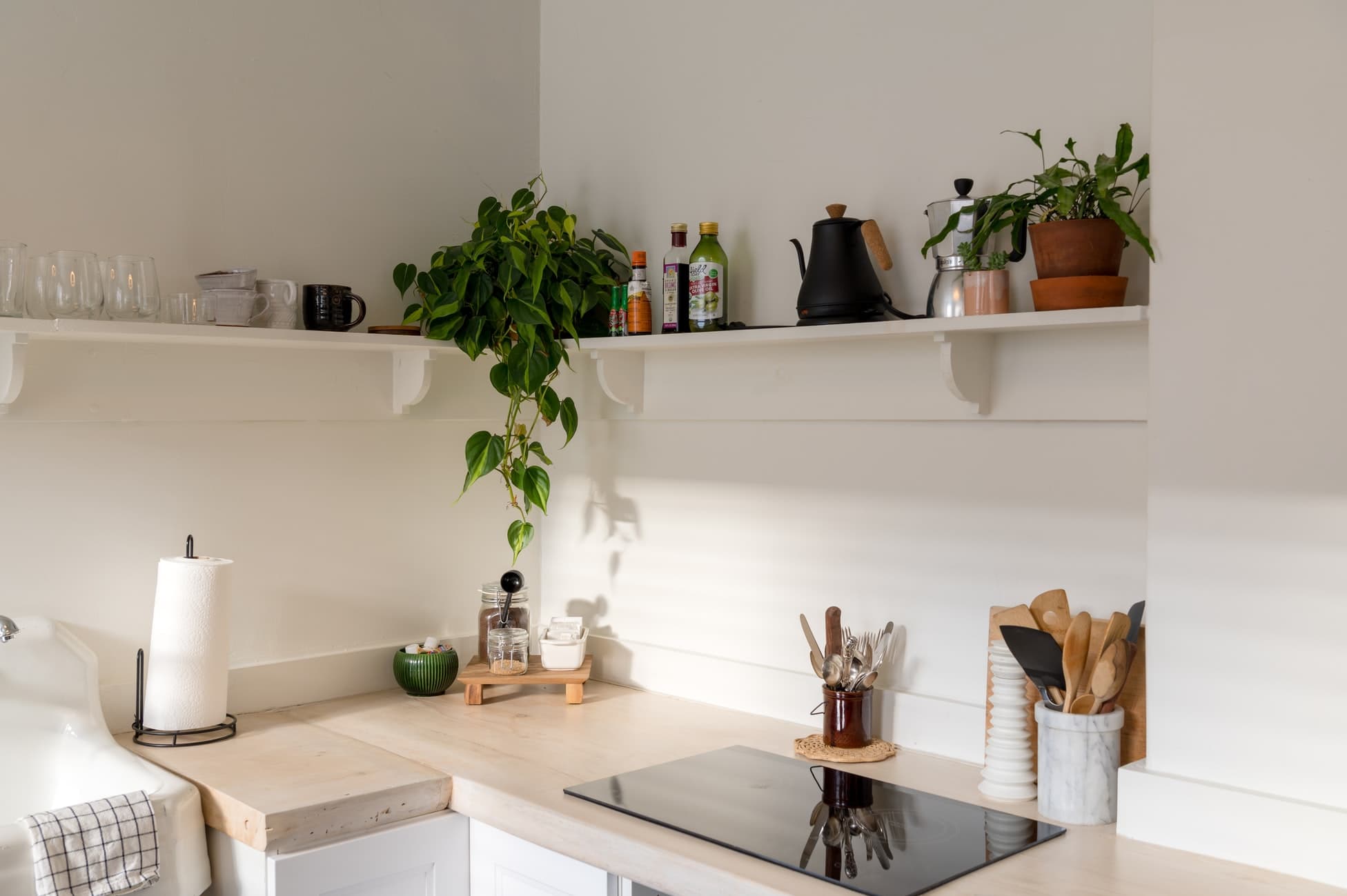
Christime Simard • 07 Nov 2023
Choices are endless when it comes to kitchen countertops, but marble is a popular one in the design world. We often think of this material when it comes to a kitchen reno as it is chic, timeless and versatile. However, some might find its minimalistic look too common and overused in kitchen designs.
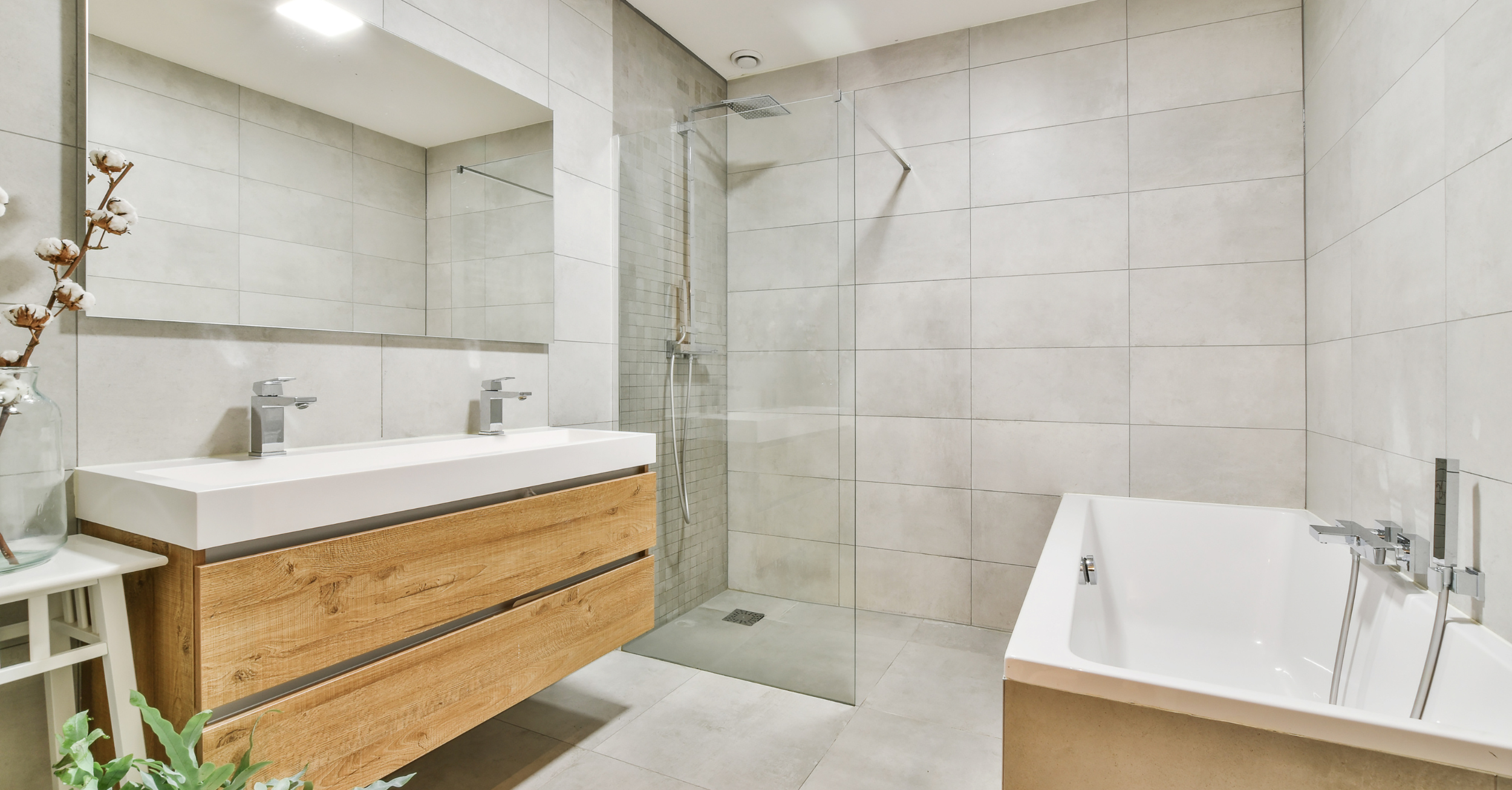
N/A • 07 Nov 2023
Many couples, families and even those living alone struggle to keep a small bathroom organized, with all moving parts under control. The standard bathroom found in most households is snug, barely fitting a sink, shower and vanity comfortably. Maintaining all these fixtures plus a sense of aesthetic appeal can be a serious challenge. On top of these aspects, there's ergonomics. Luckily, we live in a modern world where designers have taken the time to come up with various solutions to these traditionally small spaces.
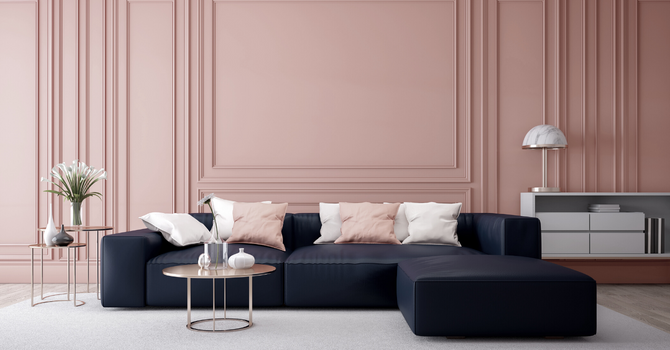
RenoQuotes.com • 07 Nov 2023
Are you a fan of refined and minimalist designs or are you more partial to those that mirror your flamboyant personality? Rest assured, there’s something for everyone this year. Natural, back-to-basics, and high-spirited colours are trending and to be featured on your walls! Here’s a rundown of the paint colour trends major retailers have forecasted for 2023.